February 18 to March 8
Peru holds one of the highlights of any visit to South America – Machu Picchu, but there is so much more to this country.
We entered from the south, heading straight to Puno on the shores of Lake Titicaca, the highest navigable lake in the world – a mass of water it shares with Bolivia. From Puno we explore the reed islands where people live as they have lived for thousands of years on islands made of reeds that literally float on the lake. Well, they do have solar power now and are pleased to show us the electric light and CD players in the small homes.
Further into the lake is Isla Taquile where six communities live and work together. The men here knit and their prowess in this art determines their worth as a husband.
Nearby is Sillustani where the ancient Colla people buried their dead in massive towers of stone. This area is at 4,000 metres and we are both pleased to be finally adapting to the altitude. We are still a little breathless but life gets easier at this height every day.
Now we move on to Cuzco and Machu Picchu – the world renowned Inca ruin. You read about it. You see photos and you see in on television, but when you see Machu Picchu it takes your breath away and it’s not the altitude!
This was the Inca’s centre of learning. They experimented with different crops and animals. They worshiped the sun and were guided by the priests. So much of this massive area was overgrown and protected from the elements when the explorer Hiram Bingham rediscovered Machu Picchu in 1911. He dug away and found what is today one of the most amazing Inca sites.
Cuzco is the centre of the archaeological Inca world. Right in the heart of the city are the remains of walls and Inca temples that were destroyed by the Spanish when they invaded in 1500s.
Around the area are the sites of the Sacred Valley where the Incas experimented with crops at different altitudes, created storage areas that used the cooler climates and long winters to keep food fresh. They captured the natural springs and created fountains and bathing areas. They buried their dead in tombs that remain today, but were sacked by the Spaniards.
It is hard to imagine that such a progressive and forward thinking race could have been destroyed by a handful of Spaniards. They captured the Inca leader and killed thousands of unarmed people.
Today what is left of the Inca Empire gives us an insight into this marvellous race of people.

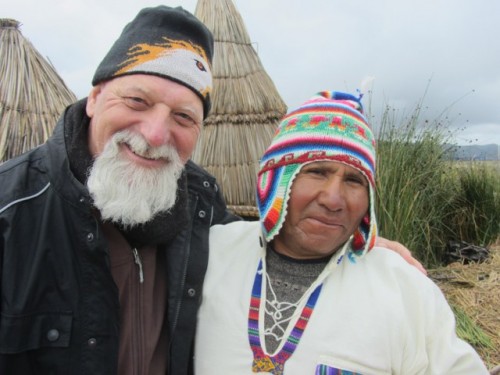
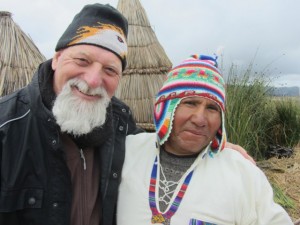
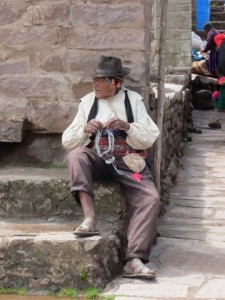
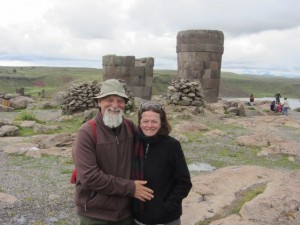
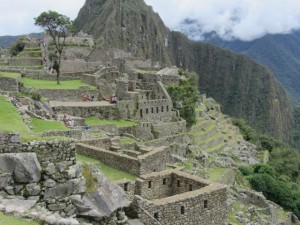
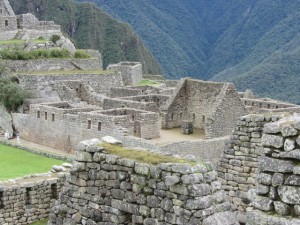
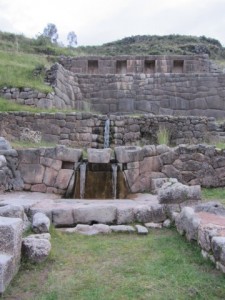
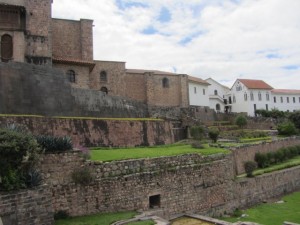
Safe trails Brian & Shirley. I am so jealous. You sound like you’re having an absolute ball.
Brian/Shirley
Again great images and Brian such a lovely beard, it must keep you warm at altitude ! You both look very happy together. Keep enjoying it.
Regards
Mark Stella
Melbourne
A wonderful area to visit. It sure takes your breath away – altitude and the marvel of the place.